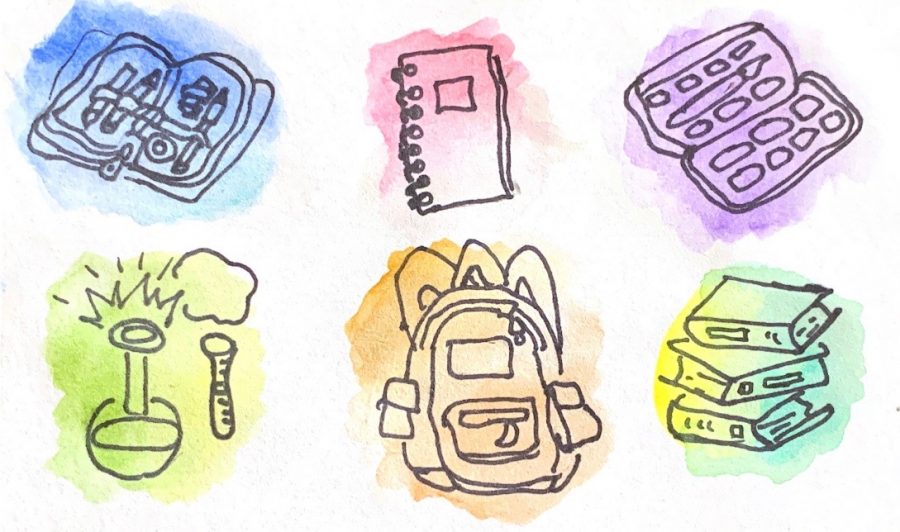Returning where we left off: distance learning
As we begin the 2020-2021 school year, teachers prepare for a virtual start. “I have gotten a lot better with Google Classroom. I feel better equipped to do what I already was trying to do last spring, which was make it a safe, effective way to learn and engage with each other,” neurobiology teacher Dr. Laura Locklear said.
September 6, 2020
Driving back to distance learning, teachers prepare for the upcoming school year with lessons, assessments, and projects. This summer and past experience have given teachers time to prepare for a more engaging start compared to the end of the 2019-2020 school year. Fairfax County Public Schools (FCPS) provided professional development based on subject matter, allowing conversations among teachers and departments.
Most classes will use Google Classroom, Google Meets, Blackboard, and Blackboard Collaborate to post information and hold synchronous class times. In terms of teaching the information and keeping students engaged, teachers are utilizing google slides, discussion questions, and breakout rooms.
“Physics is best learned by building a collective understanding with your peers. That level of collaboration can be difficult if you’re not in the same room, so we hope to make frequent use of the breakout rooms,” physics teacher Mr. Ryan Elder said.
Many plan on diving deeper into certain topics of their curriculum rather than covering the same amount of course content as previous years.
“I’ll be teaching deeper rather than wider due to virtual learning. The instruction is a lot more focused on what’s essential, with specific learning objectives,” English teacher Ms. Maria Gilbert said.
Teachers prepare to ask more thought-provoking questions with open-ended responses on assessments.
“Each synchronous class session, students will be distributed to breakout rooms and will have tasks to complete as a team as a way for me to formatively assess a student’s progress throughout the unit,” Elder said. “Summative assessments [will include] video explanations, question interviews, team assessments, or a timed submission. We may, in some cases, explicitly ask students to use (and cite) online sources. We have been looking for ways to reduce the stress associated with these assessments and build questions that require higher-order thinking.”
Classes like health and physical education have transitioned to more project based lessons. In classes with labs, teachers have adjusted to finding online simulations.
“The class is discussion-based primarily. What we may do is work with some online simulations or adapt some online labs I have gotten from other places for students to have a bit of lab experience,” Dr. Laura Locklear, neurobiology teacher, said. “[For the Neuroscience Research Lab], students will be designing and conducting research, mostly using public databases this year and using computational and mathematical applications for analysis. We have some really great opportunities for everyone to learn some programming and math skills to handle big data. Your research may not be what you envisioned last year, but it will be just as valid, and you will learn stuff you never expected.”
The biggest difficulty that most teachers anticipate is engagement and communication. Teachers hope to leave ample time for students to talk as a group in class as well as be very available for students to talk to them one-on-one.
“Connect with your teachers–we want to get to know you and be on top of helping you grow. Yes, a big part of effective virtual learning is the work completed during asynchronous learning, but communicating with your teachers helps build rapport and clarifies the new concepts,” computer science teacher Mr. Dan Tra said.
A few benefits of a virtual start, however, include additional free time without the need for commuting and online records of information covered in class, making it easier to make-up missed work. Teachers advise students to come to class prepared, organized, and with an open mind. They also emphasize the importance of communication, especially because it helps with reinforcement of concepts.
“The journey we’re going to make as students and teachers, this is something new for all of us,” health and physical education teacher Mr. David Arthur said. “And hopefully, it’s a marathon that we can all run together.”






